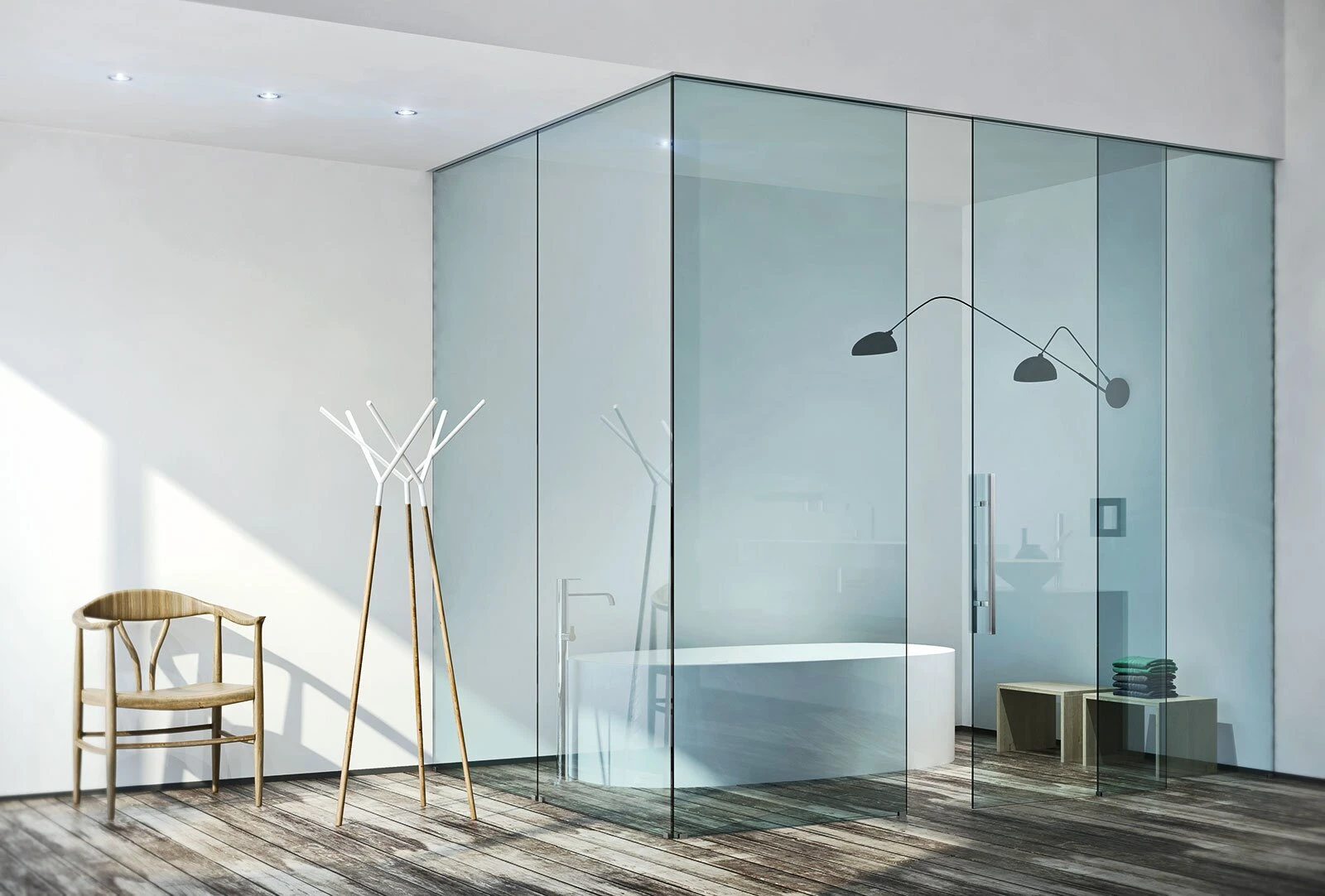

The Benefits of Argon-Filled Low-E Glass in Modern Architecture
In the ever-evolving field of architecture and building design, energy efficiency and sustainability have become paramount. One of the most significant advancements in this area is the development of low-emissivity (low-E) glass infused with argon gas. This innovative approach not only enhances thermal performance but also contributes to overall energy savings, making it an essential component in modern construction.
Understanding Low-E Glass
Low-E glass is a type of energy-efficient glass that has a thin, transparent coating designed to reflect infrared light while allowing visible light to enter. This reflective coating helps to reduce the amount of heat that escapes a building during the colder months while minimizing heat gain during the hotter months. The result is a more comfortable indoor environment and reduced reliance on heating and cooling systems, which can lead to significant energy savings.
The Role of Argon Gas
Argon is a colorless, odorless, and non-toxic noble gas that is denser than air. When used as an insulating gas in window units, it provides superior thermal performance by acting as a barrier to heat transfer. By filling the space between the panes of low-E glass with argon, the overall U-value (a measure of heat transfer) of the window is greatly reduced. This enhancement means that buildings can maintain their internal temperature more effectively, further improving energy efficiency.
Energy Efficiency and Cost Savings
The integration of argon-filled low-E glass in windows can lead to significant reductions in energy costs. Buildings can expect lower heating and cooling expenses because the glass helps to retain heat in the winter and block it in the summer. According to various studies, homeowners can save up to 15% on their energy bills by switching to energy-efficient windows. Over time, these savings can offset the initial investment in high-performance glass.
Environmental Impact

From an ecological perspective, the use of argon-filled low-E glass aligns well with sustainable building practices. By reducing energy consumption, buildings decrease their carbon footprint, contributing to a healthier planet. Additionally, many jurisdictions offer incentives for energy-efficient building materials, further motivating builders and homeowners to consider low-E glass as a viable option.
Comfort and Aesthetics
Beyond energy efficiency, argon-filled low-E glass also contributes to a more comfortable living and working environment. It mitigates temperature fluctuations near windows, reducing drafts and enhancing overall thermal comfort for occupants. Moreover, this type of glass maintains clarity and luminosity in interiors, ensuring that spaces remain bright and inviting while minimizing the fading of furniture and interiors caused by ultraviolet exposure.
Noise Reduction
Another often-overlooked benefit of argon-filled low-E glass is its ability to dampen noise. The denser argon gas, combined with the insulating properties of low-E glass, can help create a quieter indoor environment. This feature is particularly advantageous in urban settings or locations near busy roads, contributing to a more serene living space.
Installation Considerations
When installing argon-filled low-E glass, it is crucial to ensure proper sealing and installation techniques to maintain the integrity of the gas fill. Professional installation is recommended to avoid leaks that can compromise the insulating properties of the window unit. Over time, if the gas fill dissipates, the thermal performance of the glass can be significantly diminished.
Conclusion
In summary, argon-filled low-E glass represents a remarkable advancement in energy-efficient construction. By combining the reflective properties of low-E coatings with the insulating capabilities of argon gas, this glass not only improves thermal performance but also enhances the comfort, aesthetics, and sustainability of buildings. As the demand for energy-efficient solutions continues to grow, incorporating argon-filled low-E glass into architectural designs will undoubtedly play a crucial role in shaping the future of modern construction. Investing in such technologies will help create a more sustainable environment while providing tangible benefits in terms of energy savings and occupant comfort.